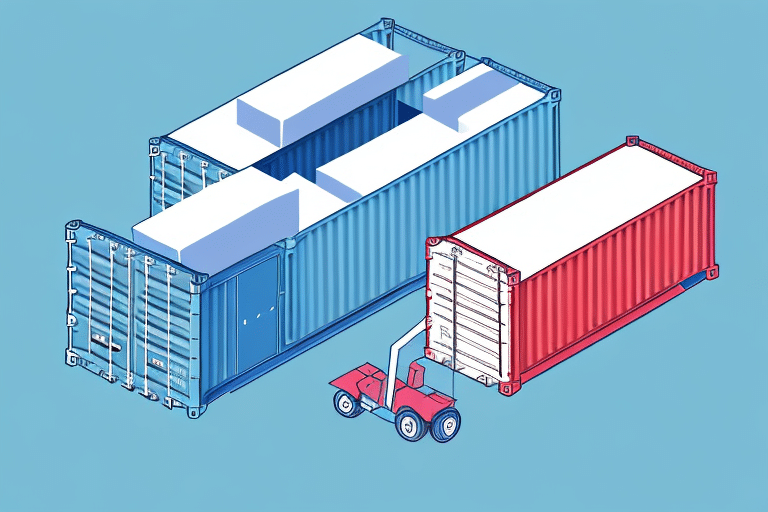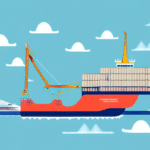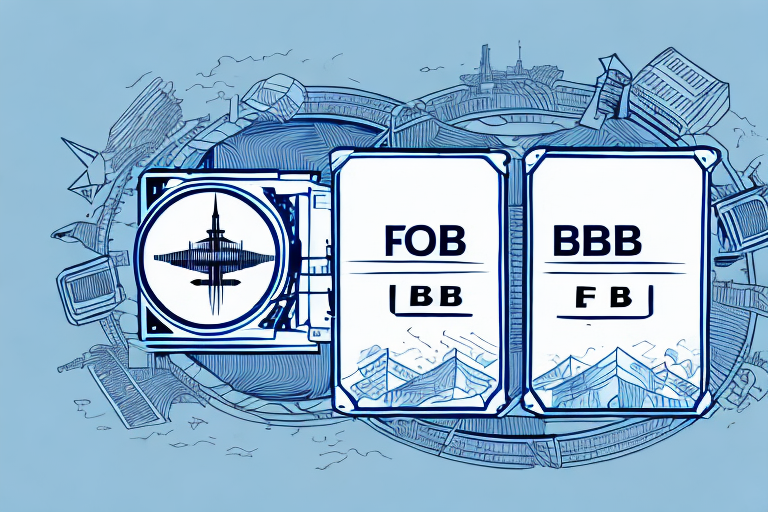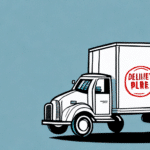Introduction to FOB Delivery
When it comes to shipping goods internationally, businesses have multiple options to choose from. One such option is FOB delivery, which stands for "Free on Board" or "Freight on Board." Understanding the intricacies of FOB delivery can help businesses make informed decisions about their shipping strategies, ultimately optimizing costs and improving supply chain efficiency.
Financial Benefits of FOB Delivery
Cost Savings and Financial Control
One of the primary advantages of FOB delivery is the potential for significant cost savings. Under FOB terms, the buyer assumes responsibility for the goods once they are loaded onto the shipping vessel. This arrangement eliminates additional fees or charges post-shipment, as these costs are absorbed by the buyer. According to the Investopedia, this can make FOB delivery a more cost-effective option compared to other shipping terms.
Negotiating Better Shipping Rates
FOB delivery allows businesses to leverage their relationships with carriers to negotiate more favorable shipping rates. Since carriers are responsible for the goods up to the point of shipment, they may offer discounts to businesses that opt for FOB delivery. A report by the Statista highlights that businesses using FOB terms can reduce shipping costs by up to 15% through strategic negotiations.
Managing Responsibilities and Risks
Understanding Incoterms
Incoterms (International Commercial Terms) are standardized terms used in international trade to clearly define the responsibilities of buyers and sellers. In FOB delivery, the relevant Incoterm is typically "FOB Shipping Point," meaning the seller's responsibility ends once the goods are loaded onto the carrier's vessel. Familiarity with Incoterms helps prevent misunderstandings and disputes. The International Chamber of Commerce regularly updates these terms to reflect current trade practices.
Risk Management and Insurance
While FOB delivery offers cost advantages, it also transfers significant responsibility to the buyer. This includes the risk of damage or loss during transit. To mitigate these risks, buyers should secure adequate insurance coverage. According to the Insurance Journal, businesses that invest in comprehensive shipping insurance can reduce potential losses by up to 25%.
Choosing the Right FOB Delivery Service Provider
Evaluating Experience and Reputation
Selecting a reputable FOB delivery service provider is crucial for ensuring smooth shipping operations. Evaluate carriers based on their industry experience, customer reviews, and track record. Platforms like Shipper provide insights into carrier performance and reliability.
Assessing Rates and Additional Services
Compare carriers' rates and understand any additional services they offer, such as tracking, warehousing, and insurance. Transparent pricing and comprehensive service offerings can enhance your shipping strategy and provide better value. According to a study by McKinsey & Company, businesses that carefully assess carrier offerings can achieve up to a 20% improvement in logistics efficiency.
Comparing FOB with Other Delivery Terms
FOB vs. CIF Delivery
While FOB requires the buyer to arrange and pay for shipping and insurance, CIF (Cost, Insurance, and Freight) includes these costs in the price of the goods. The choice between FOB and CIF depends on a business’s specific needs and capacity to manage shipping logistics. Financial analysts from the U.S. International Trade Administration suggest that FOB is ideal for businesses with established logistics operations, whereas CIF may benefit those seeking simplicity in their transactions.
Impact on Supply Chain and Financial Statements
The selection of delivery terms affects the cost of goods sold (COGS) and, consequently, a company's financial statements. Under FOB, shipping and insurance costs are added to COGS when goods are received, impacting profit margins and tax liabilities. Proper accounting practices are essential to accurately reflect these costs. Resources like the Accounting Tools provide guidelines on managing COGS effectively.
Industry Applications and Case Studies
Top Industries Benefiting from FOB Delivery
Several industries reap substantial benefits from FOB delivery, including:
- Manufacturing: Ensures timely delivery of parts and components, maintaining production schedules.
- Construction: Facilitates the shipment of building materials directly to job sites.
- Retail: Streamlines supply chains, reducing costs and improving inventory management.
- Agriculture and Food: Maintains the freshness and quality of perishable goods through efficient shipping.
Real-life Case Studies
For instance, an automotive parts manufacturer reduced shipping costs by 30% by switching to FOB delivery, as reported by Automotive World. Similarly, a home goods retailer improved delivery times and minimized shipping errors by partnering with an experienced FOB delivery provider, enhancing overall customer satisfaction.
Future Trends and Best Practices
Technological Advancements
The future of FOB delivery is closely tied to advancements in technology. Automation, real-time tracking, and data analytics are transforming shipping logistics, making FOB delivery more efficient and transparent. According to a report by Forbes Technology Council, the integration of blockchain and AI in logistics is expected to streamline operations and enhance security.
Growth in Cross-Border E-commerce
The rise of cross-border e-commerce continues to drive the adoption of FOB delivery. Businesses expanding into international markets demand flexible and cost-effective shipping solutions, making FOB an attractive option. Data from eMarketer indicates that global e-commerce sales are projected to surpass $6.5 trillion by 2024, highlighting the growing importance of efficient shipping terms like FOB.
Best Practices for Optimizing FOB Deliveries
Clear Communication and Expectations
Establishing clear communication channels with your FOB delivery service provider is essential. Agree on delivery timelines, service expectations, and any additional requirements to ensure a seamless shipping process. Regular meetings and updates can help maintain alignment and address any issues promptly.
Effective Packaging Strategies
Proper packaging is crucial to prevent damage during transit and avoid unexpected costs. Use sturdy containers, adequate cushioning, and specialized materials for fragile or high-value items. Implementing standardized packaging protocols can enhance efficiency and reduce the risk of delays or damage.
Regular Evaluation and Optimization
Continuously assess your shipping strategy and carrier performance to identify areas for improvement. Utilize data analytics to monitor shipping times, costs, and service quality, enabling informed decisions that enhance overall logistics efficiency.
Conclusion
FOB delivery offers a multitude of benefits for businesses engaged in international trade, including cost savings, enhanced control over shipping processes, and flexibility in carrier selection. By understanding the financial implications, managing risks effectively, and choosing the right service provider, businesses can optimize their shipping strategies and strengthen their supply chains. As global trade continues to evolve, staying informed about industry trends and best practices will ensure that FOB delivery remains a valuable component of your logistics operations.






















